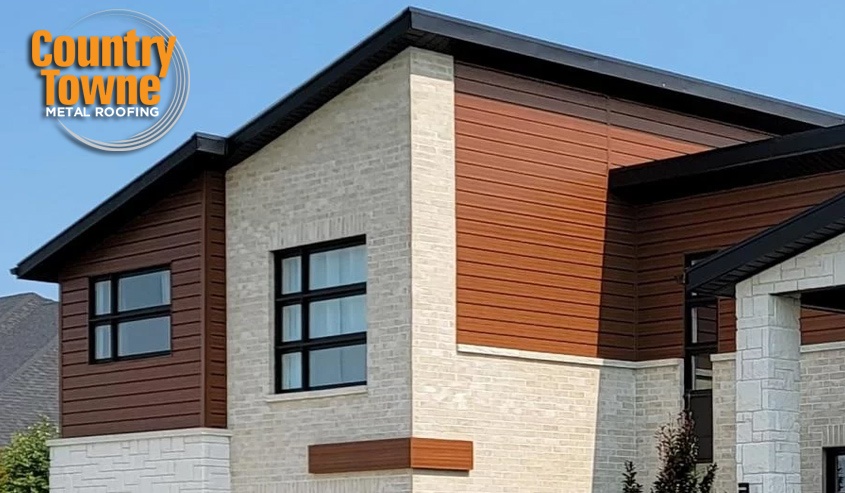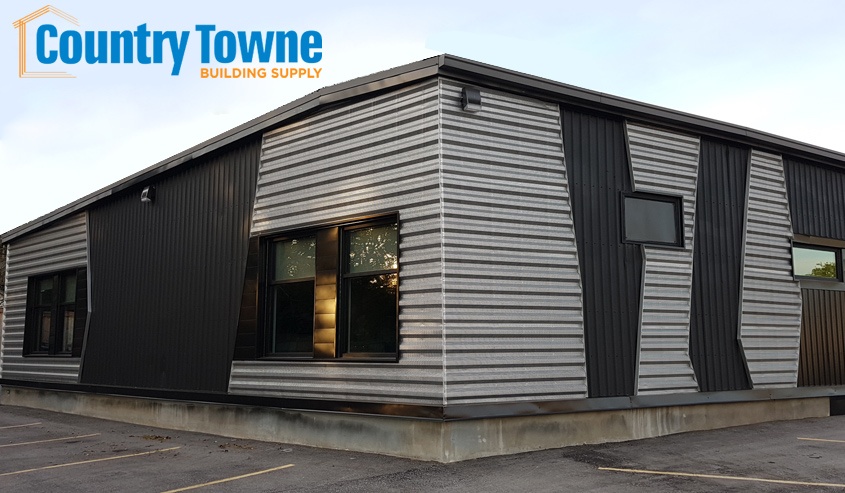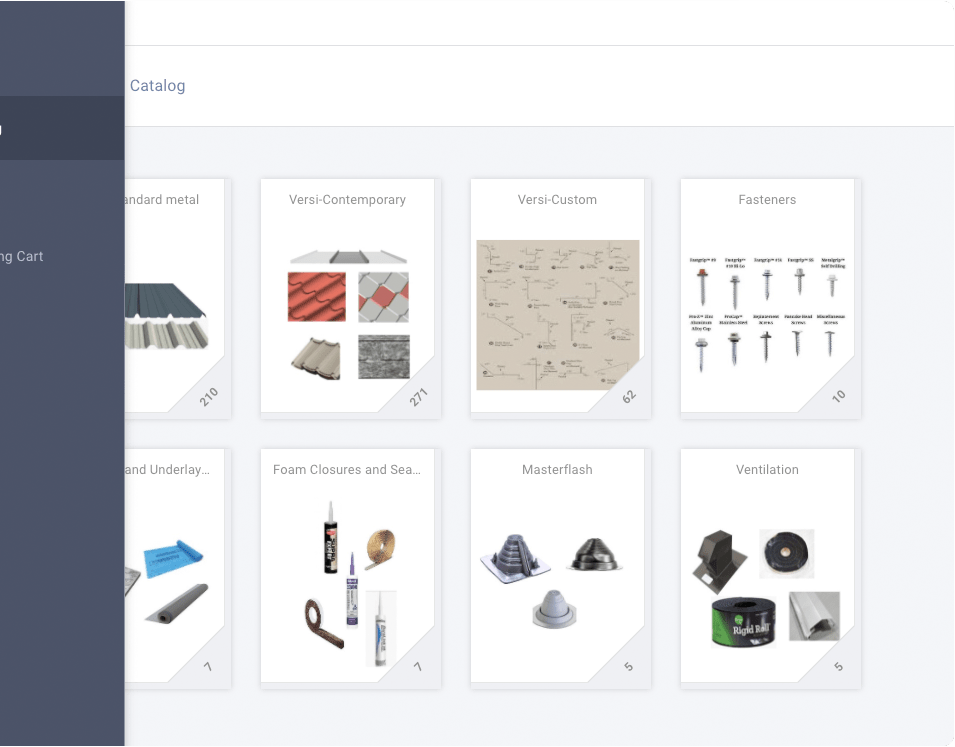Construction material options for new projects are vast, ranging from wood and vinyl to bricks and stones. But why is metal cladding so popular? That’s because it has a host of benefits that have made it a favourite in the industry in just a few decades. This article is going to discuss metal cladding pros and cons!
Find out about the metal cladding pros and cons with Country Towne!
Advantages of Metal Cladding
Let’s understand how metal cladding can prove to be of great advantage for you:
Durability
One of the significant advantages of metal cladding is that it lasts for about a lifetime for a homeowner. Depending on the type of metal cladding you choose, you can expect it to stay strong for 35-100 years. Metal panels for roofs, walls, etc., have a strong surface that stands strong against damaging impact – be it harsh climate or flying objects.
Versatility
Metal panels can be used in both exterior and interior cladding projects. A metal wall panel can be an easy replacement for heavy materials like bricks and concrete. It can cover the interior and exterior walls. A metal roof panel is also great for the roof deck. For added protection, you can use metal panelling and lining with other materials like vinyl and concrete.
Design Range
Metal cladding is available in different finishes and styles to fit any architectural style. So, while providing a building with a protective layer, it can also look amazing and improve the value of the property – be it residential buildings, industrial buildings, or commercial buildings. You can choose a variety of textures, colours, designs, shapes, sizes, etc.
Malleability
Metal is a malleable material, i.e., it can be given any shape easily. So metal cladding is a popular option as it can be bent, stretched, or reshaped for complex designs. It can even be turned into 3D designs. Thus, contractors consider metal cladding the ideal choice. Malleability also means it will not crack or break during hailstorms or when flying objects hit it.
Easy Installation
The metal cladding installation process is extremely easy as they are light and bendable. Constructors get the opportunity to install metal cladding quickly without wasting too much time. They also have fastening systems that are specially engineered for quick and easy installation. We still suggest getting professional installation services to avoid improper installation.
Sustainability
Metal is a material that can be recycled after use. This makes metal cladding, especially steel cladding, eco-friendly. Those who wish to make sustainable choices can choose metal cladding without a second thought. Interestingly, steel and aluminum panels can be reused in construction projects once you decide to replace them at the end of their lives.
Material Options
There are different types of metal panels – galvanized steel, stainless steel, aluminum, copper, zinc alloys, etc. You can go beyond steel and aluminum for metal lining in your cladding projects. You can go for materials like zinc or aluminum to minimize the chances of corrosion or go for copper alloys for a beautiful finish in the interiors of the building.
Low Maintenance
Because metal is a sturdy material that’s resistant to harsh weather conditions, deterioration, cracks, etc., you don’t need to worry about its maintenance or repairs. This sets it apart from other materials used for cladding, like wood or stone. Generally, the only maintenance required for metal cladding is regular cleaning and examination to detect damage.
Energy Efficiency
Metal roofs are considered energy efficient as they decrease the energy consumption of a building. Reflective metal cladding on the roof can reduce cooling costs by decreasing the absorption and retention of heat through the roof. Metal also acts as an insulator and keeps the house warm during the harsh cold months by preventing the quick dissipation of heat.
Cost-Effectiveness
The overall cost of metal cladding is lower than that of other materials. Since it is easy to install, its installation cost will not burn a hole in your pockets. You will not have to spend a fortune on its maintenance, either. Plus, it doesn’t require frequent replacements. It saves energy bills by lowering heating and cooling costs.

Cons
You now know about the advantages of metal cladding. But before choosing it, you should also know about the disadvantages so that you can make an informed decision.
a) Rusting
Metal cladding sheets are coated to prevent rusting or corrosion. However, once they are cut, the edges usually remain uncoated and exposed. Hence, these edges might develop rust over time after prolonged exposure to moisture. This can lead to damage and holes in the cladding.
b) Fading and Chalking
Due to the environmental conditions, the coating on the metal cladding can start to fade, which is known as photo-degradation. This can happen as a result of harsh weather conditions, pollution moisture, UV lights, salty air, etc. Paint degradation or chalking also occurs naturally over time.
c) Delamination
Cladding is usually covered with a polyester layer on the top for lamination. However, this layer of lamination can start to detach from the metal surface when moisture begins to seep in and lead to rust. Though plastisol laminations are now engineered for long life, the problem still occurs.
Final Words – Metal Cladding Pros and Cons
Clearly, the advantages of metal cladding are far greater than its disadvantages. It’s no wonder that everyone chooses to shift to it now. It is essential for you to get in touch with an expert to help you with your project.
Feel free to reach out and contact us today with any questions you may have.




Share This Article
Choose Your Platform: Facebook Twitter Google Plus Linkedin